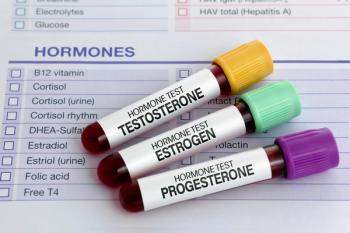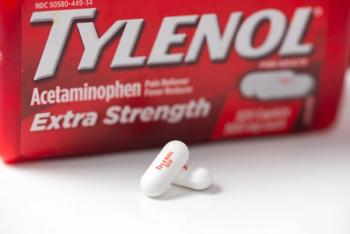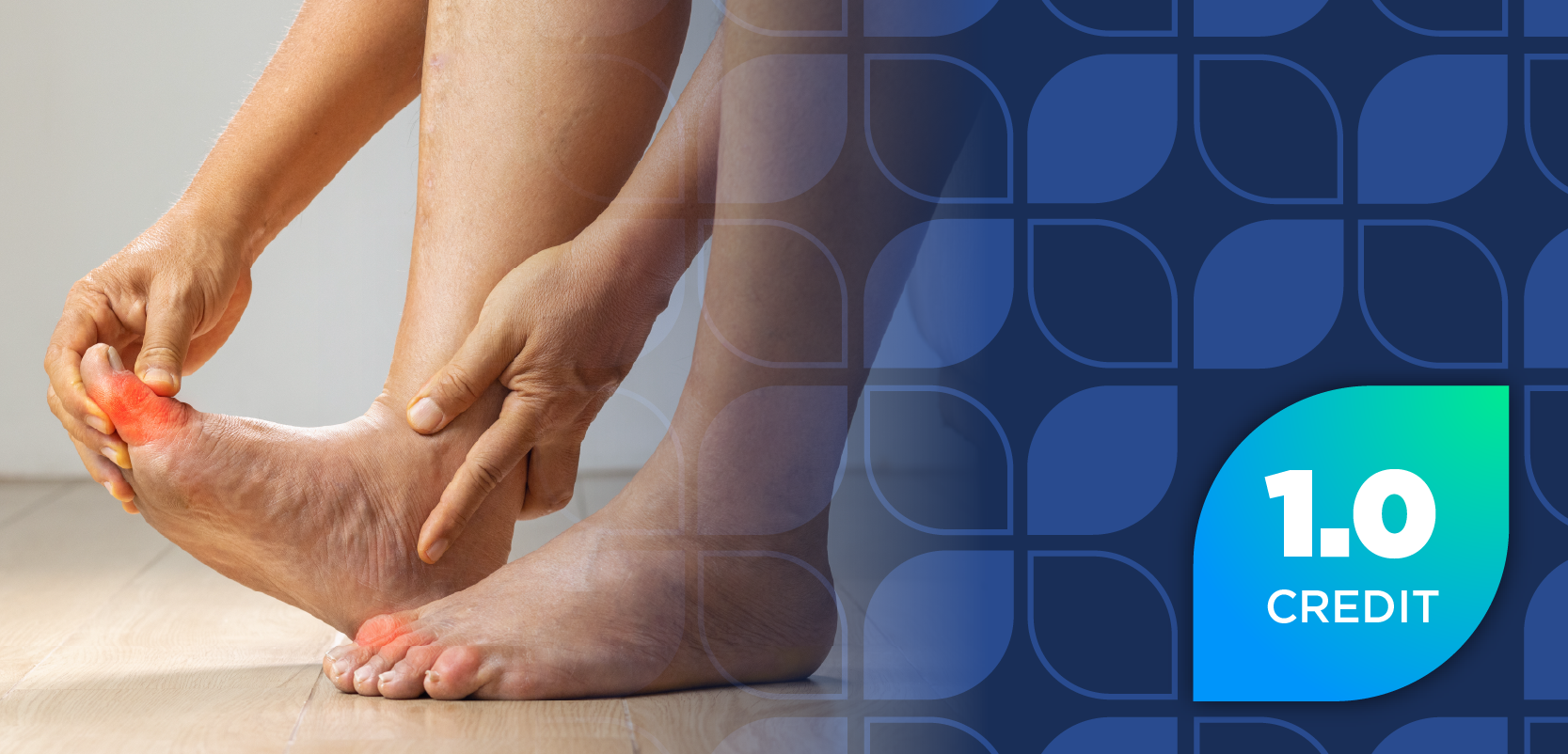
Advanced Wearable Accelerometer Shows Promise in Detecting Functional Capacity and Outcomes in Heart Failure Patients

A new wrist-worn accelerometer device effectively monitors activity levels in heart failure patients, revealing critical insights into cardiovascular health.
At the American Heart Association Scientific Sessions 2025 in New Orleans, Biykem Bozkurt, MD, PhD, FACC, discusses the use of a novel wrist-worn device that measures three-dimensional acceleration to capture patient activity levels over a week. Unlike traditional wearables that focus mainly on step counts or simple motion tracking, this validated device provides precise vector calculations reflecting movement intensity and direction, offering a standardized method to assess functional capacity. In a large NHANES database study of patients with self-identified heart failure, lower activity levels detected by the device were associated with increased mortality and cardiovascular outcomes, even after adjusting for typical activity metrics. Bozkurt explains that multidirectional and high-intensity movements—such as bending, squatting, or rising quickly—better reflect real-world functional ability than simple linear walking.
Pharmacy Times: This study showed that a near-maximal accelerometry biomarker, SVM-90, was independently associated with lower all-cause and cardiovascular mortality in patients with heart failure. What makes this measure clinically meaningful compared to traditional activity metrics?
Biykem Bozkurt, MD, PhD, FACC: First, let's understand exactly what this gadget was. It was a wrist-worn detector that was able to capture activity over the course of a week. What it does is calculate the acceleration and activity level in three different dimensions and come up with a vector calculation and the maximum amount achieved with activity, including intense activities.
The concepts that we have had through smartwatches or other wearables have been motion as well as steps taken. We all know our steps as well as position. Now, we have data from many smartwatches indicating whether somebody is supine or upright, as well as newer modalities with vital signs, heart rate, and even oxygen saturation.
What was different in this wearable device versus other app-driven concepts was the validation of the calculation of the accelerometer and position—therefore reliability and precision—and being able to implement it across a large population in a reliable manner without differences in the app, gadget, or format of what’s being captured. It did allow a standardized methodology to capture activity level.
What the trial showed was the following: in individuals in a large database, the NHANES database, with self-identified heart failure diagnoses, when this device was worn over a week-long period, it was able to identify individuals that had levels of activity lower than the median or average. The outcomes, especially in the lower group, were associated with increased mortality and cardiovascular outcomes. This reflects that, even when corrected for regular activity level, it still had a higher level of discrimination and was able to detect differences when corrected for activity level.
If we look at what people are able to do in one direction—walking—versus being able to jump or do strenuous activity, different directional activity is a reflection of different functional capacity. For example, heart failure patients have difficulty bending down. We call that bendopnea—they develop shortness of breath as soon as they lean forward and bend down. Not having this kind of different directional activity and intensity is something that lags in the usual step measures. Steps pretty much capture what you are able to do in one direction, whereas activities that include reaching, leaning down, squatting, getting up, and the rapidity with which you do these actions are reflections of better health and functional capacity than just one linear measure of walking. From that perspective, it had a higher discrimination for association with outcomes.
The other important concept is whether this could be a biomarker for looking at changes over time. This was not tested in this study, but the ability to be associated with outcomes gives us hope that we could monitor patients over time. We could also risk-classify beyond what they tell us. Most of us lead very sedentary lifestyles, and it’s difficult to unmask heart failure symptoms when everyone is sitting in front of a screen. When you ask patients if they are short of breath, they usually say, “Not really.” But then, when you walk them up the stairs, they become symptomatic.
Clinical practice is very overburdened, and we don’t have time to walk people up the stairs to unmask symptoms. So, this gadget could provide pictorial data showing that an individual has a much higher burden of activity limitation than they report. Someone may say, “I’m living an okay life; I don’t have shortness of breath,” but they might be sedentary or using a scooter when shopping. Steps may not reflect that.
Perhaps tracking responses or changes over time will be very important, and maybe this could be a biomarker to track responsiveness to therapy. This has been studied, not specifically with this device, but overall there have been studies looking at actigraphy and accelerometer data as markers or surrogates for responsiveness with SGLT2 inhibition. Interestingly, in those studies, six-minute walk distance was not different, but the accelerometer vector calculation was different—suggesting it may be a more sensitive marker than just walk distance.
Newsletter
Stay informed on drug updates, treatment guidelines, and pharmacy practice trends—subscribe to Pharmacy Times for weekly clinical insights.
















































































































































































































